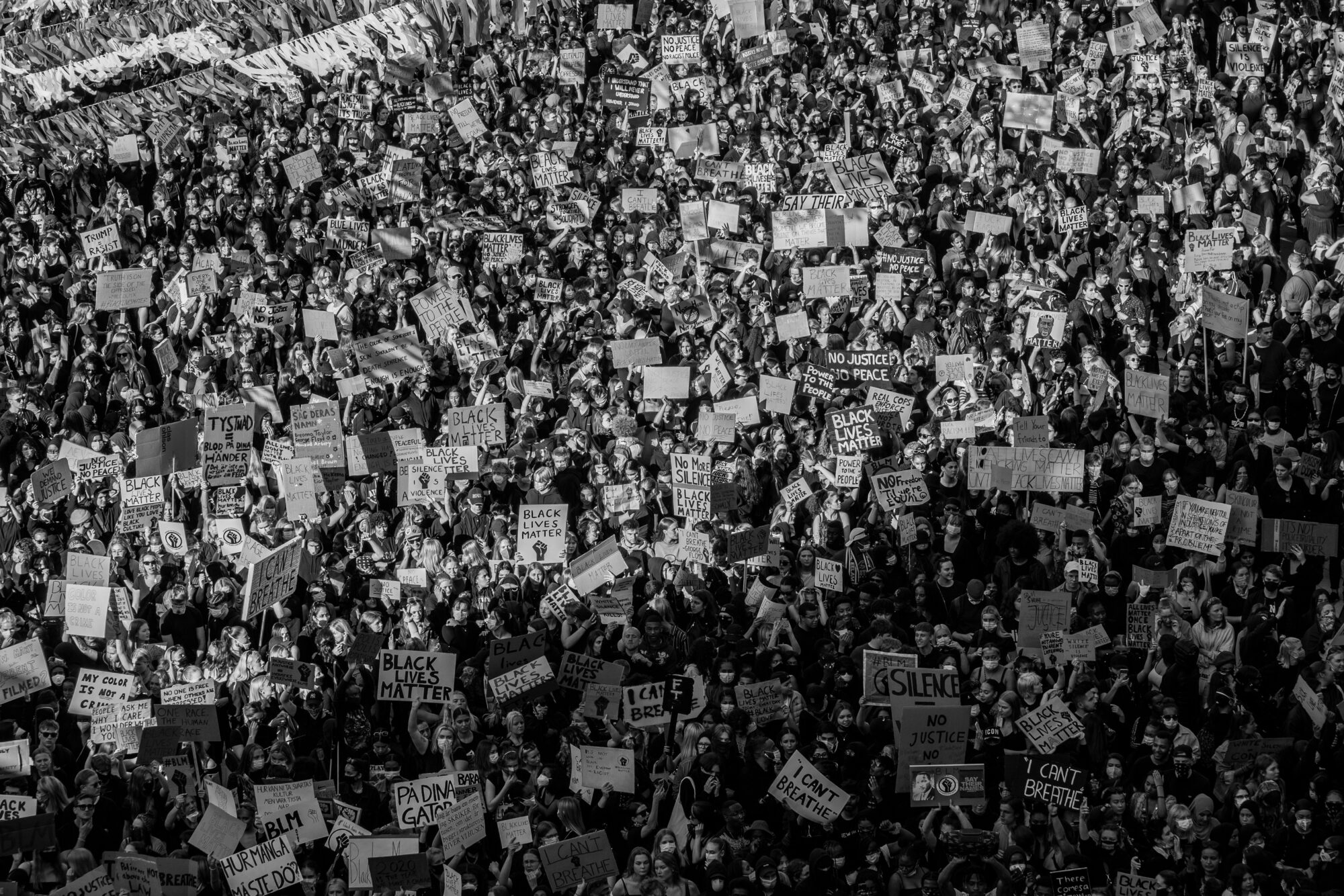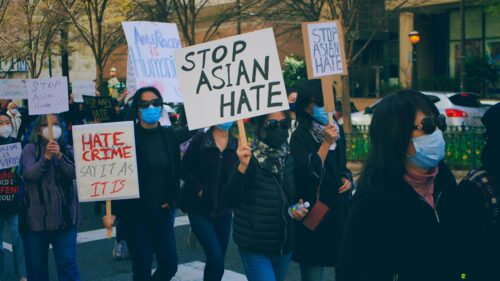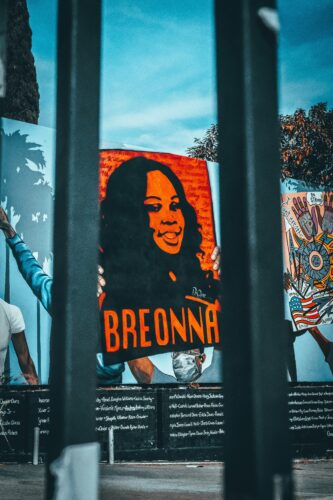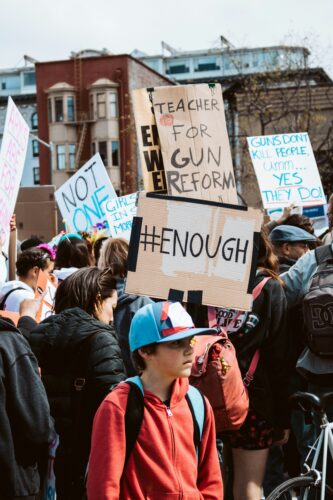
Matthew Cebul
Lead Research Fellow for the Nonviolent Action Lab, May 2025 - April 2026
Understanding how nonviolent action can achieve democratic aims.
Crowd Counting Consortium, Nonviolent and Violent Campaigns and Outcomes Data Project, Women in Resistance Data Project
Nonviolent resistance movements defended democratic values and institutions throughout the 20th century and into the 21st. However, the trend seems to have shifted. Over the past decade, authoritarian backsliding has occurred across the globe, and mass movements demanding democracy have been defeated in about 90% of cases since 2010.
The Nonviolent Action Lab is an innovation hub for research on advancing democracy worldwide through civil resistance. The Lab produces and disseminates up-to-date knowledge on nonviolent action, how it works, global trends in success and failure, trends in political violence and state repression, and analysis of these trends.
“Authoritarianism is winning — particularly against pro-democracy movements. Movements need a new playbook for responding to these developments![]()
Erica Chenoweth
Frank Stanton Professor of the First Amendment
The AI and Democracy Movements Project explores the impacts of AI on the strategy, operations, and outcomes of pro-democratic social movements.
The new Nonviolent Action Lab Podcast brings you the latest research, insights, and ideas on how nonviolent action can — or sometimes fails — to transform injustice. Each week, Nonviolent Action Lab’s Jay Ulfelder welcomes experts from the field, scholars, organizers, and advocates to discuss nonviolent movements around the world. Find new episodes listed below, via Simplecast, or on your favorite podcast platform.
Lead Research Fellow for the Nonviolent Action Lab, May 2025 - April 2026
Frank Stanton Professor of the First Amendment
Democracy Visiting Fellow, AY2024-2026
Research Project Manager, Nonviolent Action Lab
Fellow, Nonviolent Action Lab
Democracy Visiting Fellow, Reimagining Democracy Program, AY2024-2025
Postdoctoral Research Fellow, Nonviolent Action Lab, AY2025-2026
Research Fellow, Spring 2025
Commentary
Commentary
Commentary
So far, the Crowd Counting Consortium has logged just over 5,300 events since Biden’s inauguration on January 20, 2021.
Commentary
Commentary
The Crowd Counting Consortium recorded more than 1,800 protest events in the U.S. in March 2021, with roughly 88,000 to 125,000 participants in the events.
Commentary
Since the Atlanta-area murders, we have logged 126 events focused on this issue, most of them this past Saturday and Sunday, March 20–21.
Commentary
So far, the Crowd Counting Consortium has identified 47 events honoring Taylor on the anniversary of her death in more than 30 localities.
Commentary
One issue has dominated environmental protest activity in the U.S. for at least the past four years, and that’s climate change.
Commentary
So far, we’ve recorded 980 protest events in the U.S. in February 2021, with about 29,000 to 35,000 reported participants in them.
Commentary
Commentary
Just how large and broad was that wave of protests after the death of George Floyd? How destructive was it? And how did police and right-wing counter-protesters respond to it?
Commentary
Under the Trump administration, what did Americans protest about?











